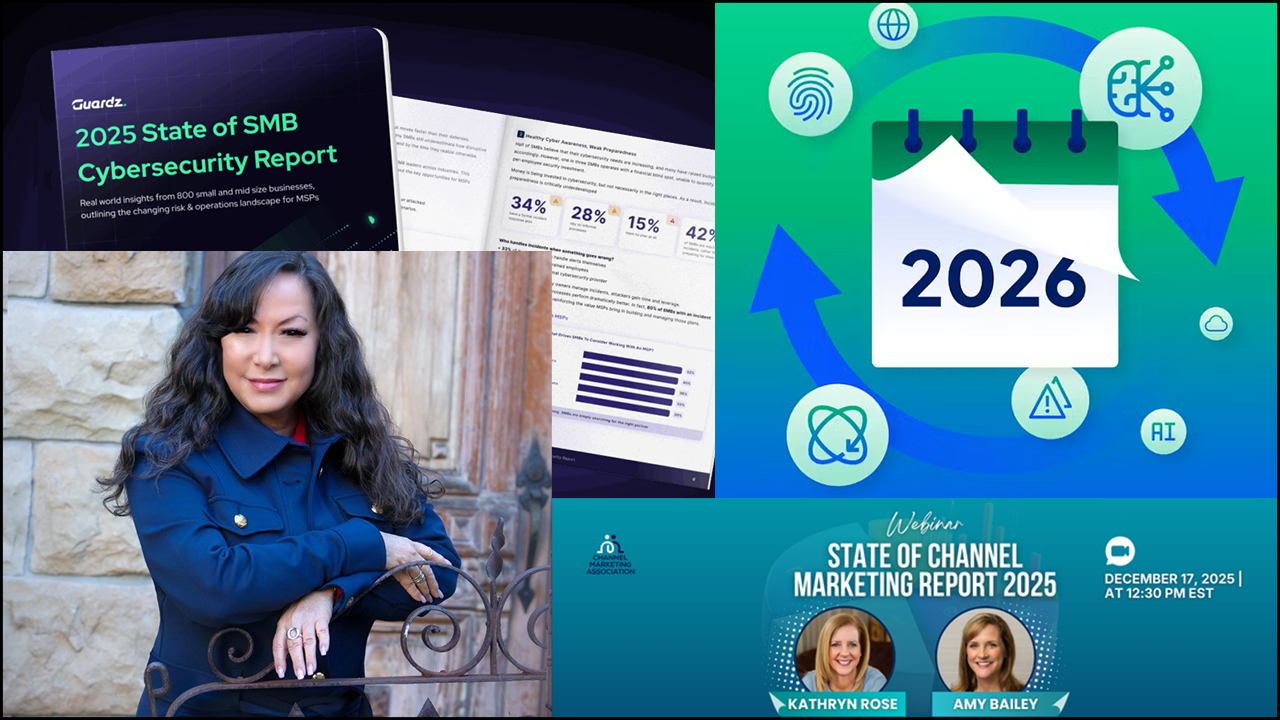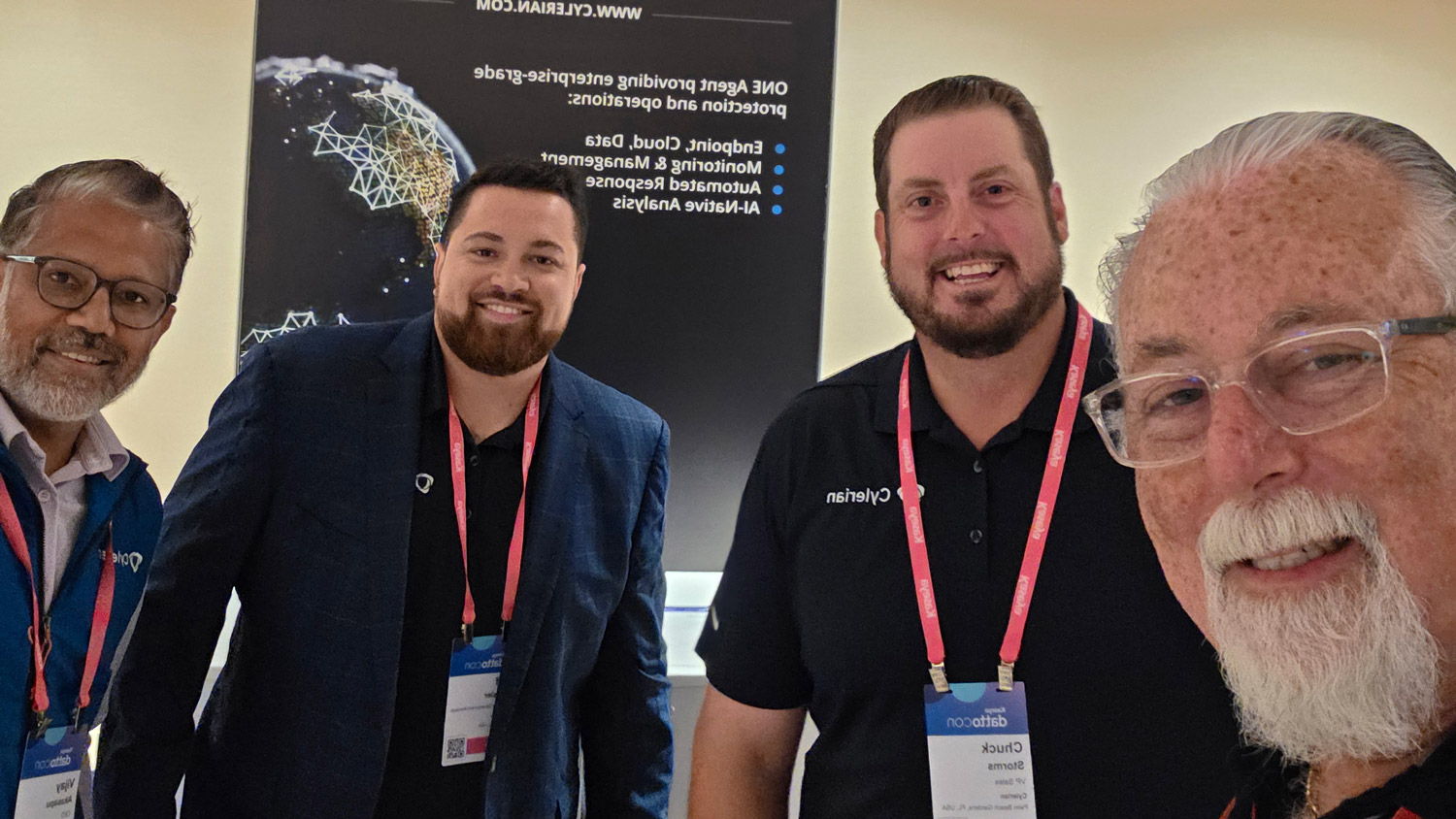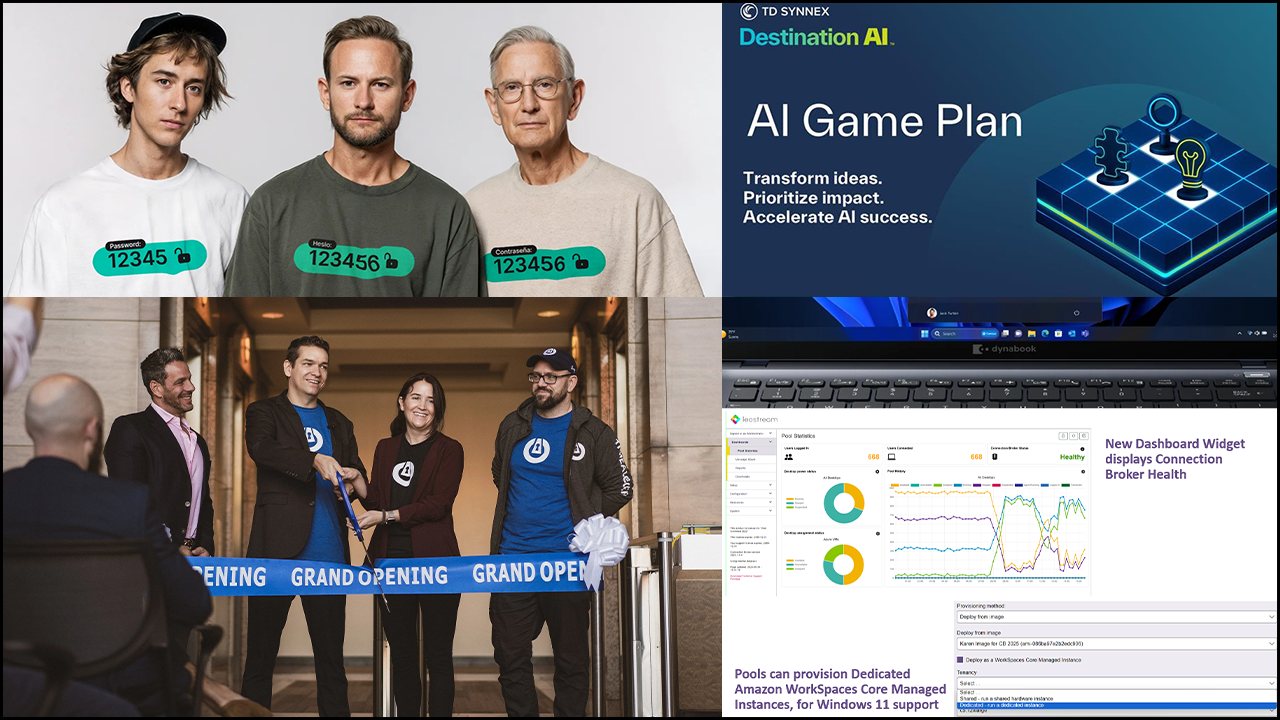Artificial intelligence is top of mind for the public and private sectors alike.
Organizations are rushing to keep up with recent advancements in technology, such as large language models (LLMs). But while AI hype is strong, many are wary of its potential threats. A new study showed 85% of IT leaders are interested in applying AI in their organization’s IT and security operations, yet 72% of leaders report concern about the potential adverse effects.
Since the AI-based tools clearly have benefits in automating various security and IT tasks, it may be tempting to give in to the industry’s perceived urgency to implement these tools. This begs the question, “Where should companies actually be adopting this new technology?”
Prioritize Investing in People

Katie Teitler-Santullo
Even the most advanced AI tools are not foolproof replacements for all humancentric work – there always will be responsibilities that must be managed by employees.
To ensure those responsibilities are done well, business leaders must prioritize the growth and retention of employees across the organization as much as, if not more than, investment in new technology. Leaders should look at where AI can most effectively help reduce the time and effort that teams put into routine or low-level processing tasks of their jobs. That way, the innately human functions of their job can be done even better.
Once teams are freed from menial tasks, they have more time to devote to skills development and problem solving. This moves them away from looking at their jobs with a tactical lens to a more strategic focus on solving overarching processes or systemic issues. They can better assess where else they need AI-driven automation versus existing tools that require manual intervention.
Investment in your people gives them a greater sense of ownership and meaning in their jobs. It also enhances their satisfaction for long-term retention. Employee burnout already is declining with 66% of IT teams reporting that they’re not experiencing it at work and 40% feeling less burned out now than they did one year ago.
By investing in AI-based tools that aid productivity, IT leaders can boost this trend and reduce the number of employees who feel overburdened or bored at work.
AI Cannot (Yet) Replace the Human Element in Cybersecurity
It’s tempting to use AI as a solution to speed up workflows and come to quicker security decisions.
In the excitement to adopt new AI solutions, many companies are looking at replacing decision-making humans in key business processes. But this is a mistake – especially within cybersecurity.
LLMs – the most recent of AI’s advancements – are just mathematical algorithms that predict the next word in a sequence. Trusting them to replace humans in key business processes that require human understanding can be dangerous. Instead, IT leaders should look for ways to introduce AI-driven context into an existing human-driven decision-making loop to see if it enables the human to make decisions more easily and quickly. If effective, AI technology then is a tool that parses data more efficiently and helps to brainstorm ideas, rather than granting it the final say.
The linchpin to this strategy is that humans must be conditioned to review anything the AI model decides. Investment in and training your team is critical to ensure that anything the AI model decides or generates is reviewed with a high degree of certainty before implemented to avoid potentially dangerous situations.
Analyze, Then Invest
Investment in IT and security is increasing overall, with 74% of IT leaders reporting a greater budget than last year.
While increased spending is needed, more does not always equal better – especially if funds are not used effectively. This is true regarding AI, too. AI hype can create a false sense of urgency, but it must be implemented with a complete understanding of why it’s needed, if at all.
Ultimately, security leaders must conduct an honest and thorough assessment of their existing resources and prioritize investment in their people. Doing so will help reduce redundancies and take advantage of preexisting optimizations before implementing AI systems.
Katie Teitler-Santullo is senior cybersecurity strategist for Axonius.
Image: iStock












